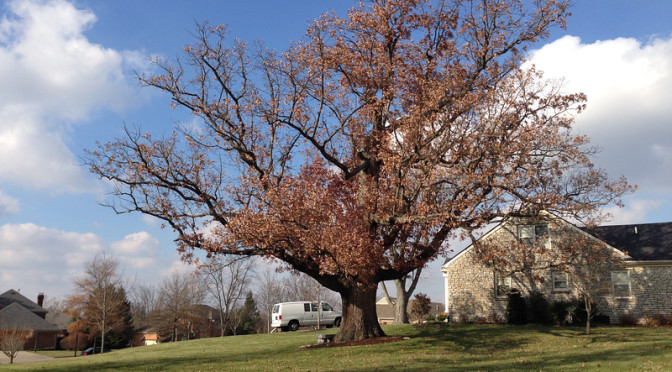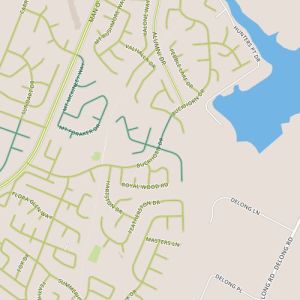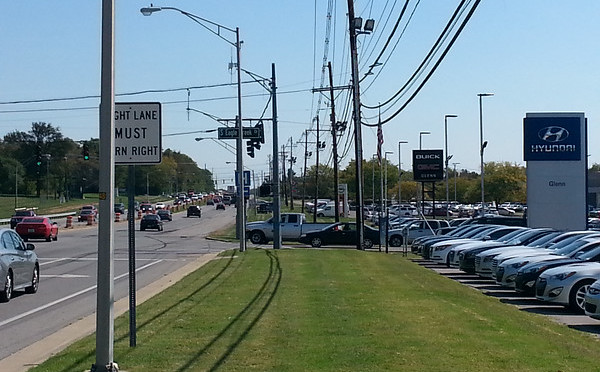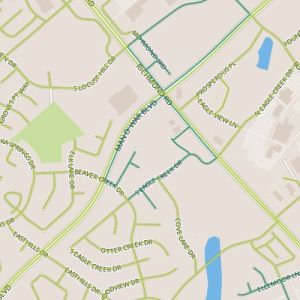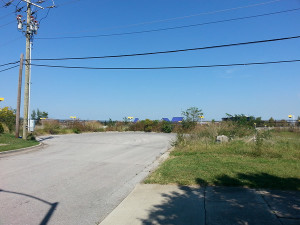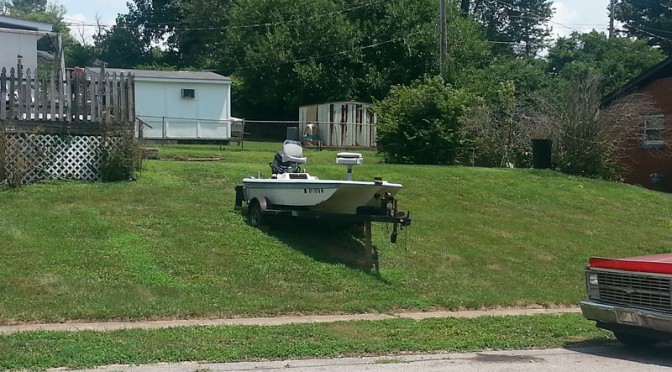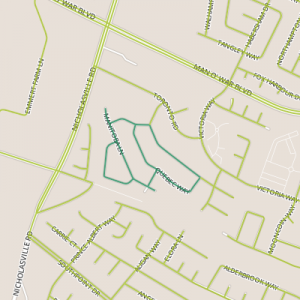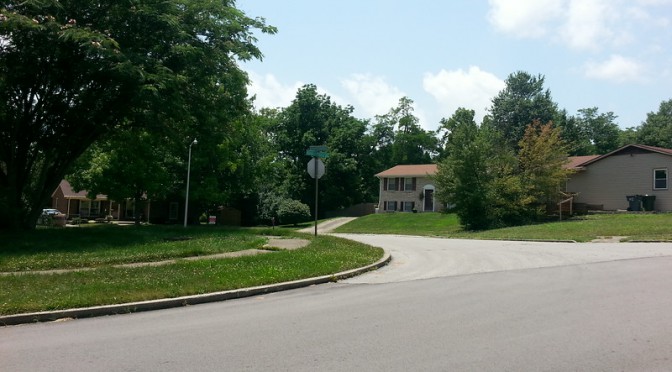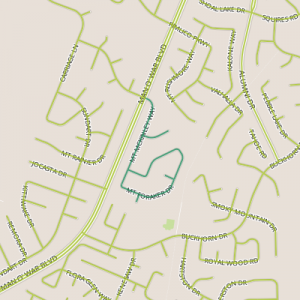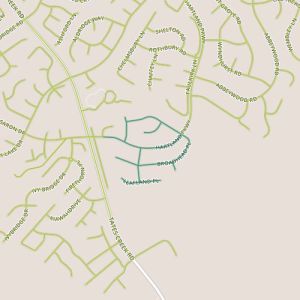 I spent some time today walking through the Hartland neighborhood. Sometimes I find it hard to tell where neighborhood divisions are from looking at the map and other times I get lucky. In this case, the area I passed through is distinct from its neighbors, who generally feature even larger lots and fancier houses–some of these are places you won’t believe. Houses here are on the large side, probably in the neighborhood of 3,000 feet on average, usually brick and in the contemporary vernacular. The neighborhood is well-kept, from the not-a-blade-of-grass-out-of-place school, with remarkably leaf-free lawns for the time of year. These houses are nice–lots of curb appeal. But residents really let the houses serve as their expression to the outside world. Landscaping was bland, the seasonal light displays tasteful.
I spent some time today walking through the Hartland neighborhood. Sometimes I find it hard to tell where neighborhood divisions are from looking at the map and other times I get lucky. In this case, the area I passed through is distinct from its neighbors, who generally feature even larger lots and fancier houses–some of these are places you won’t believe. Houses here are on the large side, probably in the neighborhood of 3,000 feet on average, usually brick and in the contemporary vernacular. The neighborhood is well-kept, from the not-a-blade-of-grass-out-of-place school, with remarkably leaf-free lawns for the time of year. These houses are nice–lots of curb appeal. But residents really let the houses serve as their expression to the outside world. Landscaping was bland, the seasonal light displays tasteful.
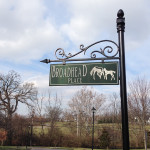
The cars in this neighborhood stood out to me. The cars I saw were pretty consistently modest, with not as many newer cars and few luxury makes. And these could be cars driven by household help–handymen, maid services. But the observation seemed to hold even for cars that definitely belong to residents–cars pulling into or out of garages. (It’s amazing how many people are moving on weekday afternoons!) In some neighborhoods, I get the clear impression that people put a higher priority on their cars rather than there houses; this neighborhood seems to be filled with people making the opposite choice. And it seems to be working for them!
The best surprise of the day has to be the old oak tree standing in a yard on Hartland, pictured above. Preservation of old trees has been in the news here recently you might enjoy Tom Eblen’s October 2013 column on old tree preservation.
